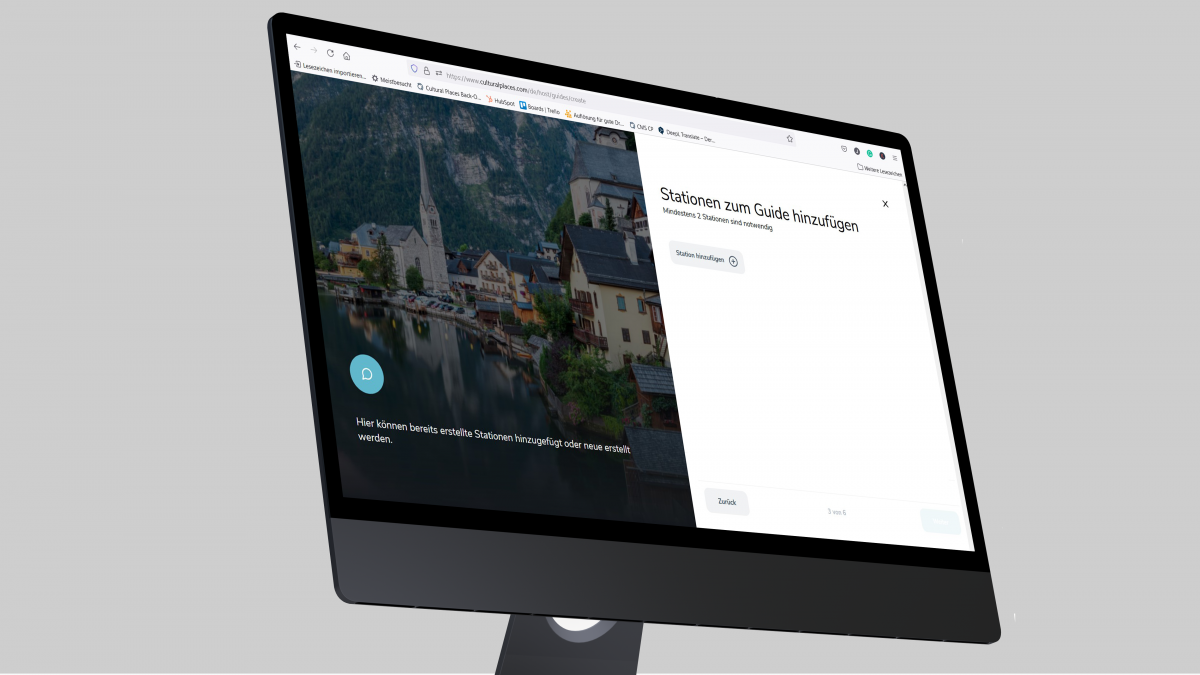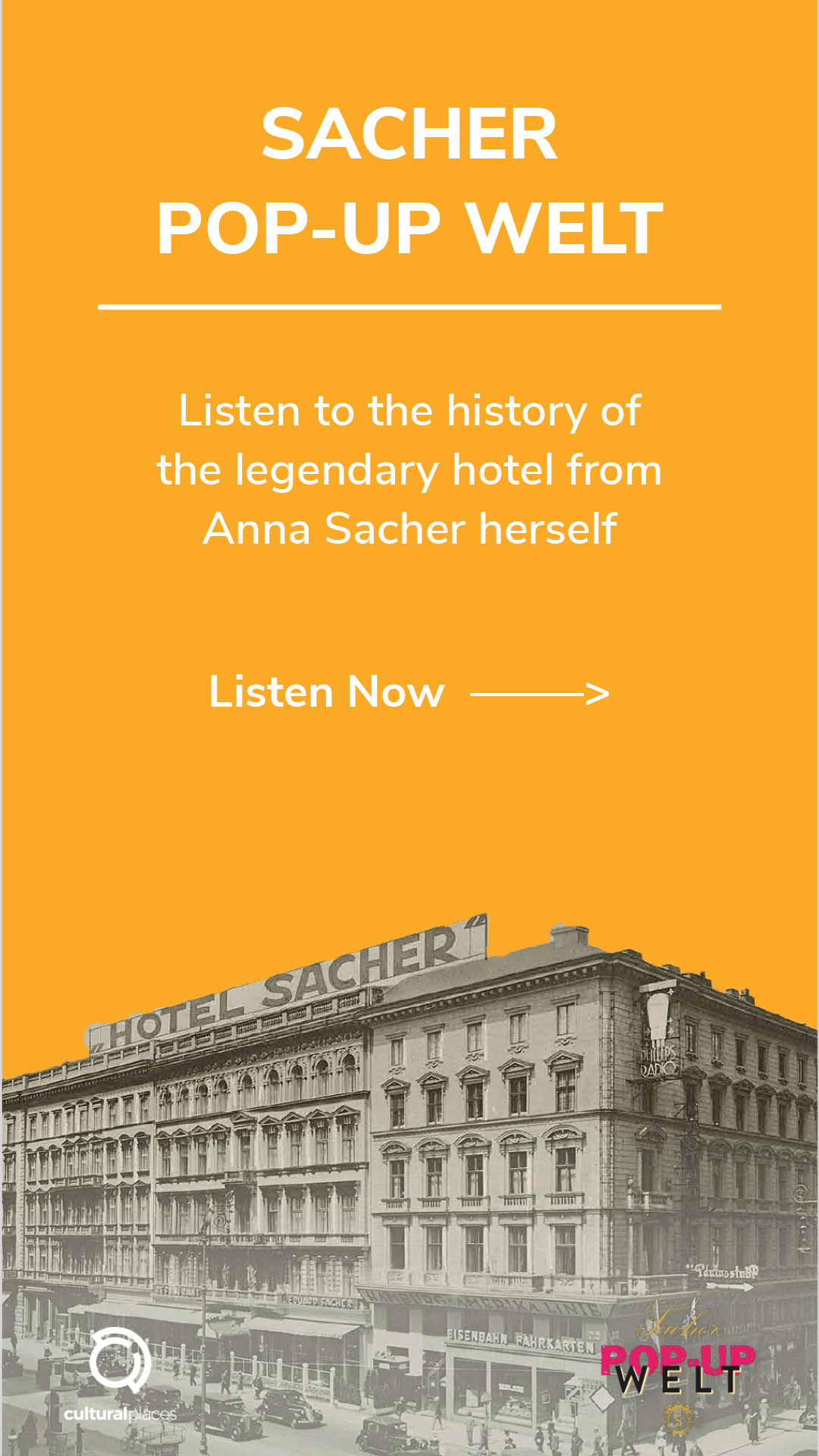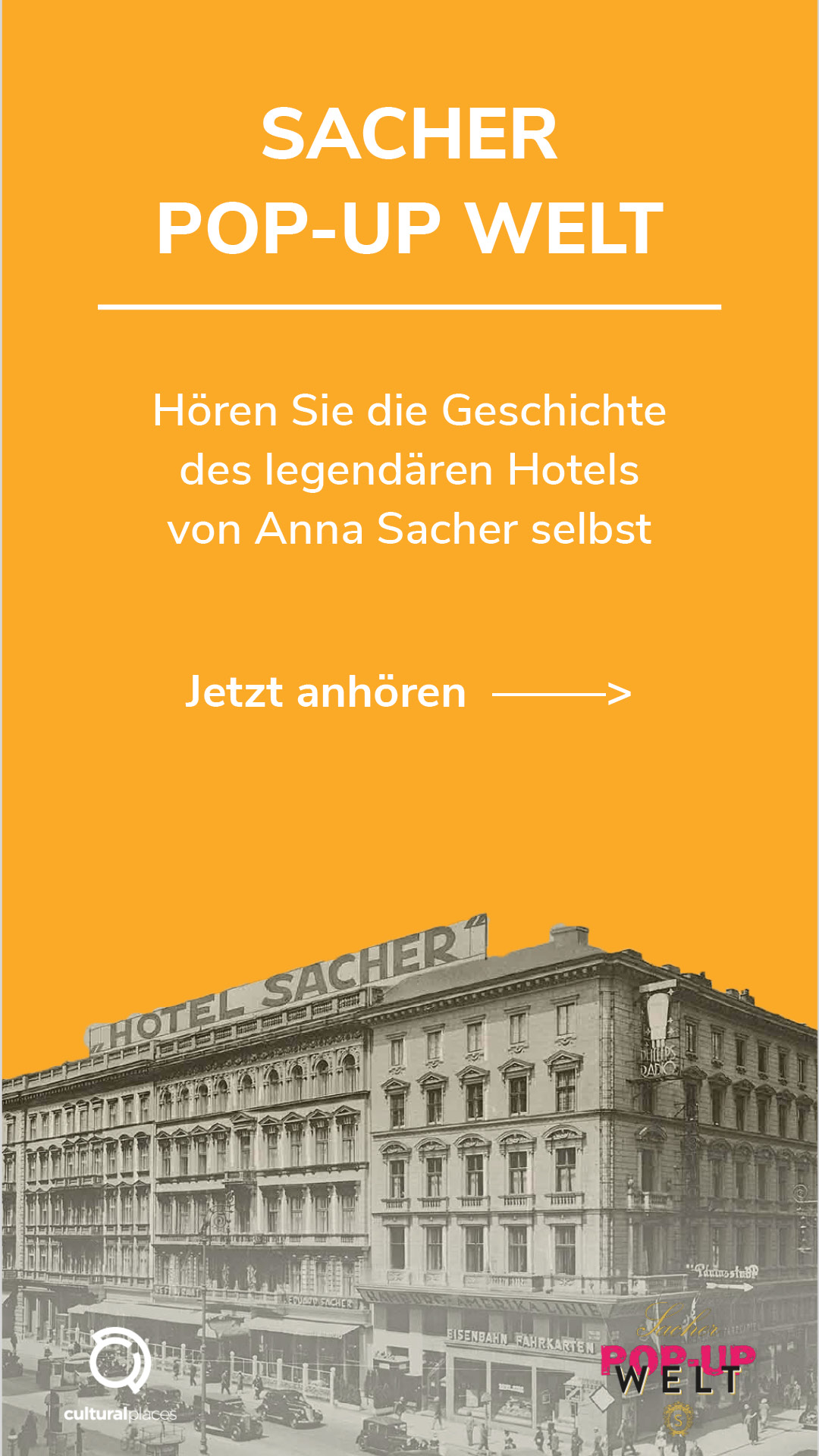Artists on Social Media & Co.
Are artists on social media successfully marketing themselves and their art, and how do they do it? What platforms and online marketplaces are there? And what are the advantages and disadvantages of social media presence?
New Opportunities for Artists
Especially for young artists, it is often not easy to gain access to the established art scene and be sold through galleries. So it’s only natural that many try to establish a presence for themselves on the Internet. Many artists use social media and online marketplaces to do so. This way, they can build a brand for themselves, get in direct contact with an interested community, and increase their visibility.
For some artists, social media is even the best way to reach relevant audiences away from galleries and art fairs.
Advantages of social media:
– Direct contact with relevant target groups
– Building your own brand and increasing visibility
– Broad reach (international)
– Networking with other artists
– Selling directly to interested parties
– low-threshold
But social media doesn’t only have advantages: First of all, it means a lot of work to position yourself and stand out in the highly competitive field for attention.
Platforms Artists Use on Social Media
Instagram remains very popular, as it is well suited for visuals and building a community. But Facebook and YouTube are also used, and increasingly TikTok by (young) artists.
In the meantime, however, the competition has become fierce, and building a successful channel with many followers is often a challenge. A success story like the one Dan Lam aka sopopomo experienced is probably the exception rather than the rule[1]: The sculpture artist was contacted one day by Miley Cyrus, who wanted to buy an artwork from her. Dan Lam says: “I wouldn’t be a full-time artist right now if it wasn’t for Instagram.” Oli Epp also became famous via Instagram. However, he stresses that due to the rapid changeability of social platforms, it is important to establish oneself away from them. He also warns against spending too much time on these platforms[2]. For more international female artists on social media who market their art, especially through Instagram, check out this article.
Platforms and Online Marketplaces for Art and Design
It is quite possible for artists to sell art on or through social media – be it directly through the contacts made there, through implemented store systems, or by directing traffic to their own website. However, there are also special online marketplaces, some of which focus on different areas, such as design. Here, the middlemen do take their cut, but the fees are nowhere near as high as selling through galleries. In exchange, however, the artists themselves must take care of shipping and insurance, which is not easy with high-priced and/or large-format artworks.
Etsy is a good platform for crafts, graphics, illustration, and smaller works such as prints. Other platforms like Behance are more for sharing one’s portfolio and landing commissions and is used more by photographers, designers, and illustrators. Instagram offers a store function that can be used to sell on one’s own profile.
New Developments: Digital Art as NFTs
For some time by now, NFTs have been the talk of the town – you can find out about art in the form of so-called “non-fungible tokens” in our blog article “What Art Has to Do with NFTs.“ One area of application is digital artworks that can be traded in a counterfeit-proof manner. There are numerous digital marketplaces in this field, such as OpenSea, Rarible, Nifty Gateway, and many more. Depending on the platform, different costs come up for offering NFTs.
We hope you’ve gained some new insights into art and social media. If you’re interested in digital art, you can read more in our article “Art in the Metaverse“!
[1] https://www.artworkarchive.com/blog/breakthrough-artist-of-2016-dan-lam-s-strangely-captivating-sculptures, link visited on Nov 11, 2022.
[2] https://musermeku.org/instagram-kunst/ (German only)






